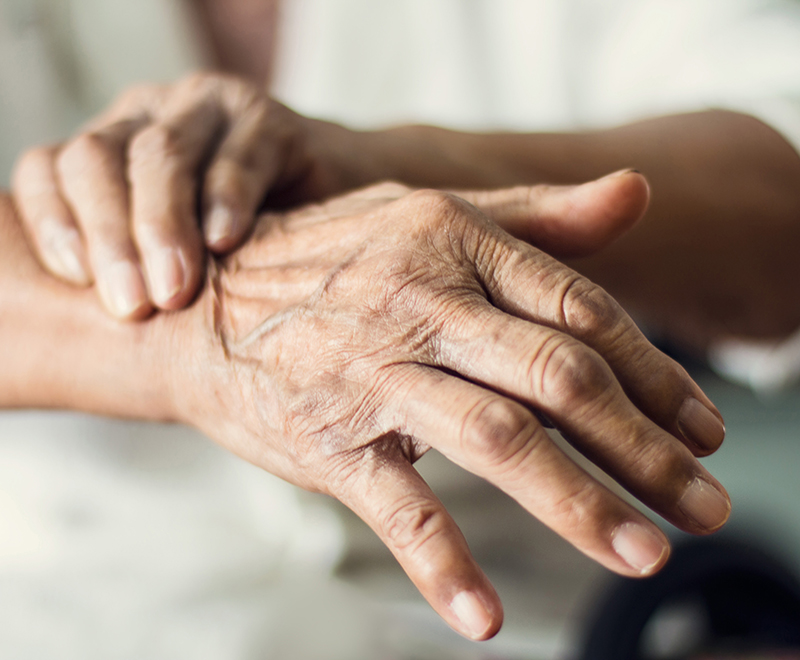Mission
The mission of The Johns Hopkins Scleroderma Center is to provide outstanding, holistic clinical care while seeking to better understand the causes and best treatment approaches for scleroderma. Defining more homogenous subgroups is critical to performing more meaningful mechanistic studies to understand disease pathogenesis. The Scleroderma Precision Medicine Center of Excellence is harnessing the revolution occurring in big data and computational science to neutralize disease complexity and variability.
Vision
Scleroderma is a heterogeneous disease with significant variability in a patient’s disease expression and clinical trajectory. We believe our precision medicine program in scleroderma will lead to improved understanding of a patient's disease course, provide opportunities for early detection of complications and development of more targeted treatment approaches.
Scleroderma Research and Precision Medicine
Questions we're asking that inform us on how to best care for patients include:
Predicting Disease Course
Can we use a patient's prior trajectory and disease characteristics to predict future clinical outcomes and response to therapies?
Disease Initiation
Scleroderma is an autoimmune condition, which means patients are producing antibodies to proteins in their own cells. These antibodies are a preserved memory of events that occur at the onset of disease. Can we harness our expertise in autoantibodies to unlock the mysteries of disease initiation and how these antibodies inform the course of disease?
Biologic Pathways
We are pairing novel biologic data (genetic and molecular) from patient biospecimens with rich clinical data. And, use cutting edge computational tools to define disease mechanisms and therapeutic targets.
Early Detection
Some complications of scleroderma, such as involvement of the heart, are infrequent or subtle in expression but can have a significant impact on a patient's outcome. Can we harness novel imaging techniques, exercise provocation and rich longitudinal clinical data to enhance our ability to predict these events earlier in the disease course, ultimately, leading to improved outcomes?
Novel Tools
Scleroderma's impact on the lungs is highly variable from patient to patient both in severity and in trajectory over time. Can we use novel assessment tools to better predict the course of lung function and improve targeting of therapies to the right patient?
Patient Care
We are bringing our scientific discoveries back into the clinic by creating a visualization tool to be used during patient care encounters which demonstrates an individual's clinical course across multiple organ systems. Can we improve shared medical decision making and a patient's understanding of his/her disease?
Patient Care for Scleroderma
Treatment and care at The Johns Hopkins Scleroderma Center provides new insights for patients about scleroderma. Find out more about the appointment process.





